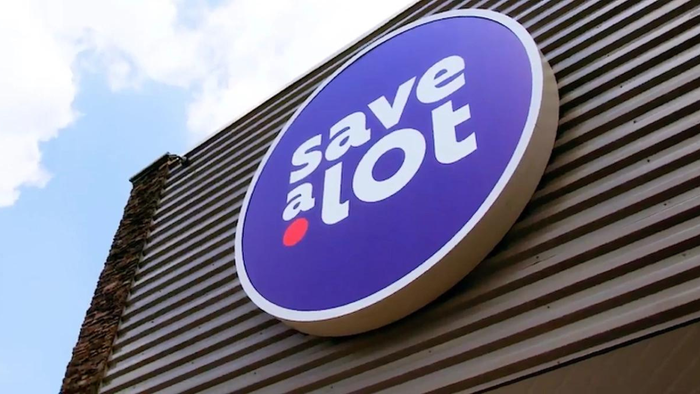Talking shop with... Jim Ritchie
January 1, 2018
The president of CHEP Americas says that the transportation industry is recovering, but companies are being cautious about adding capacity. Grocery Headquarters: What are the most critical issues facing supply chain participants today? Jim Ritchie: As we start to see a turnaround in the economy, there are going to be challenges with capacity. Transportation companies are going to be slow to get back to the same levels of capacity they had prior to the recession and that is going to cause out-of-stocks and other inventory problems. Recently, a CPG company was unable to ship hundreds of truckloads of goods because they could not secure transportation. Those retail and manufacturing companies that stuck with their transportation suppliers during the downturn are likely to have access to the transportation services they require and will be more successful going forward. Others that tried to play the system while the economy was in a freefall may not fare so well. I would like to make a final point about innovation. It’s a new world out there and there will be new ways to work inventory through the supply chain. Early adaptors of these new technologies and processes will gain an edge in the marketplace. How are you working to drive trading partner collaboration? The limited recovery makes it more important than ever for third-party vendors such as CHEP to be easy to do business with, especially when it comes to issue resolution. Retailers and manufacturers want to work with partners that are using new technology that helps them manage their operations more efficiently. They want to work with companies that listen to their problems rather than just push canned solutions. In addition, they want access at all levels of their trading partners as well as their service partners. How are recent sustainability efforts at manufacturers and retailers impacting tertiary packaging like shipping platforms? I personally applaud the efforts of retailers and manufacturers to reduce any primary and secondary packaging as long as it doesn’t cause inefficiencies in the supply chain. We watch this activity very closely and gauge progress through the lens of the five elements of lifecycle analysis, which include extraction of raw materials, processing, transport, the commercial application and disposal. Only by examining every element can we get a complete picture of how the packaging changes impact product shipping and storage. What logistics efforts are retailers and their suppliers undertaking to reduce unsaleables? The use of industry standards continues to play the biggest role in ensuring product gets to the consumer in the same condition it left the factory. For instance, the GMA specifications for block-style pallets are intended to create a platform that is strong and durable enough to hold up under the heavy loads common in the grocery supply chain. It’s a proven fact that a sturdy, four-way entry pallet helps to reduce product damage and unsaleables, delivering benefits to the entire supply chain. CHEP takes this one step further with our Innovation Center, which is available to all CHEP partners so they can fully test how their products and packaging are affected by all of the variables of the transport and warehouse process.
About the Author
You May Also Like




